Best time to visit: Summer (but great to visit year-around)
Recommended Hikes: Jenny Lake, Bradley/Taggart Lakes, Amphitheater Lake
Ideal For: Hiking, Backpacking, Wild-Life Viewing, Camping, Boating, Winter Sports, Auto-Touring
Where to stay: Towns of Jackson or Moose, or campgrounds and hotels in the park
Useful Info:
Dogs - the general rule for dogs in national parks is that they must be leashed and are only allowed on paved areas, which includes parking areas, roads, and front country campgrounds. Dogs are not allowed on park trails, even when leashed.
Grand Teton National Park is just 12 miles from Yellowstone National Park - all visitors should plan to see both parks in a single trip. It takes about 3 hours to drive from the heart of Grand Teton to the heart of Yellowstone on Highway 191 (closed winters). Read more about Yellowstone here.
Wildlife is abundant - if you see a crowd on the roadside, there is probably a bear in sight. Look for moose near standing water and pronghorns on the open plains.
The Tetons are home to both black bears and grizzly bears - proper food storage is required at all times, and extra caution needs to be used whenever hiking in grizzly territory. Read more about bear safety here.
There is a shuttle boat that goes across Jenny Lake from late spring through early fall. Click here for more information and ticket prices.
Motor-boating is allowed on Jackson Lake. All boats must go through an invasive species inspection before entering the lake.
Kayaks can be rented during summer on Jackson Lake at the Signal Mountain Lodge. Kayaks can also be rented at the boathouse on Jenny Lake, but only in late summer after the water reaches a certain temperature.
Backcountry and mountain climbing permit information can be found here.
Jackson Hole Ski Resort is just outside the park's southern boundary. There is a tram and gondola here that visitors can ride up for great views of the park. Click here for more information.
Drinking water is available at campgrounds and visitor centers throughout the park - Bring your water bottle to fill up.
There is no shuttle service in Grand Teton NP.
The Tetons are a uniquely beautiful mountain range with picturesque lakes and abundant wildlife. Ancient glaciers carved deep canyons between the peaks, all of which offer hiking routes deep into the wilderness. Wildlife is abundant here - Look for moose, elk, pronghorn, bears, and bison throughout the park. Grand Teton NP is open year around but has seasonal road closures. Snow lingers well into summer on the high altitude hiking routes. Summer is the ideal time to visit for the best weather.
Must See Attractions:
Jenny Lake - The most popular lake in the park - Jenny Lake is right at the base of the tallest peaks in the range. There is a lodge and visitor center on the banks of the Lake, and a boathouse that runs ferries across the lake. Kayaks can be rented on Jenny Lake at the boathouse during late summer. The hike around Jenny Lake is outstanding.
Mormon Row - An icon of the Tetons - Mormon Row is a historical settlement from the late 1800s that is a favorite for photographers visiting the park. Read more about it on the park's website here.
Colter Bay - A good place to see Jackson Lake - the largest lake in the park with Mount Moran rising up across the water. There are a few hiking routes that begin here. Motor-boating is allowed on Jackson Lake - all boats must stop for an invasive species inspection before entering the lake.
Where to Stay:
There are a bunch of options - There are several rustic hotels in the park boundaries in addition to many more options in nearby Jackson and Moose (Jackson Hole area). There is even a hostel in Moose, great for winter ski trips and summer hiking trips. Click here for info on the hostel.
There are numerous campgrounds in the park. Read more about them here.
Also consider staying in Yellowstone if you can’t find anything available for the Tetons.
Hiking in the Tetons:
I've only hiked a few of the trails in the Tetons, so the below is limited to my experience. Carry bear spray and study up on bear safety if you plan to be hiking in Grand Teton or Yellowstone:
Jenny Lake - There is a hiking path that goes around the lake, which can be extended to String Lake, Leigh Lake, and Cascade Canyon. This is a great hike to enjoy views of the mountains, and it can be shortened by taking the ferry across the lake. Read more about the hike here.
Amphitheater Lake - A small lake way up in the mountains. Amphitheater lake is surrounded by peaks and glaciers, including the Grand Teton peak itself. The hike starts at either Lupine Meadows or Taggart Lake trailheads. The higher elevation sections of this hike will have snow on them into the early summer. Read more about the hike here.
Colter Bay - There are a handful of routes that take off from the visitor center here, but in my experience, they can be heavily forested with minimal views until you come to lakeshores. I recommend doing the short hikes in this area (about a mile in length) and saving your long hikes for spots with more elevation gain.
A few hyperlapses I shot in the Tetons. Locations in order of appearance: Mormon Row, Ampitheater Lake, Taggart Lake Trail Head, and Jenny Lake



